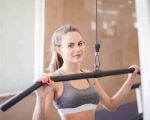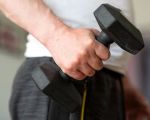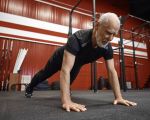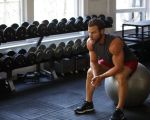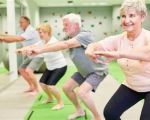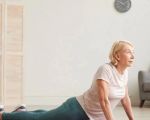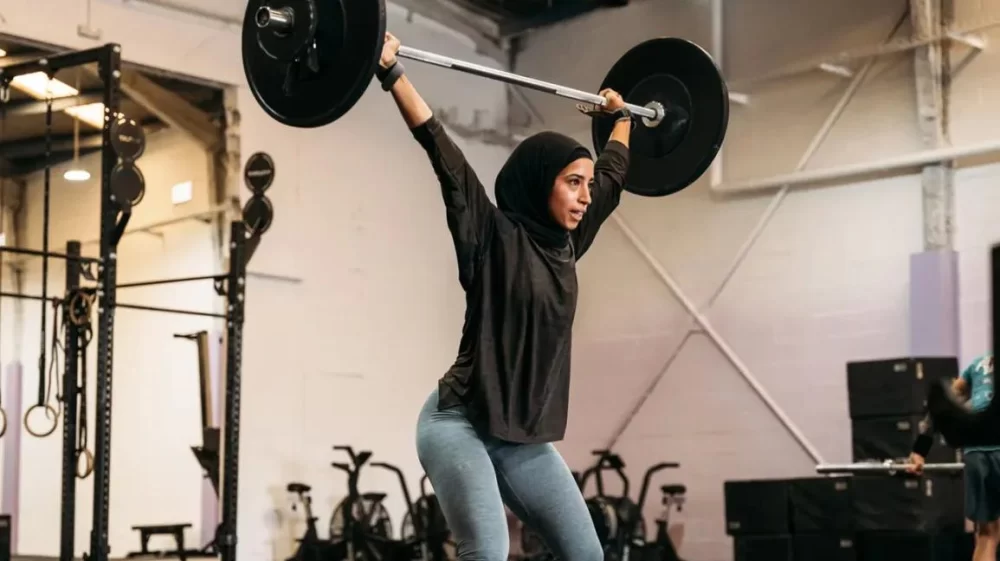
- Importance-of-Mobility-and-Flexibility
- Key-Components-of-Effective-Mobility-Workouts
- Practical-Gym-Workouts-for-Enhancing-Mobility
- Flexibility-Training-Techniques-for-Better-Range-of-Motion
- Integrating-Mobility-and-Flexibility-into-Your-Fitness-Routine
- Real-Life-Success-Stories-and-Professional-Insights
1. Understanding the Importance of Mobility and Flexibility in Fitness
When it comes to achieving an all-around healthy body, mobility and flexibility often take a back seat to strength and endurance training. Yet, these components are crucial for maintaining joint health, preventing injuries, and enhancing overall physical performance. Mobility refers to the ability to move freely through a full range of motion at a joint, while flexibility focuses on the lengthening of muscles and tendons to allow that motion.
Ignoring these aspects can lead to stiffness, discomfort, and a decline in functional movement. For example, individuals who spend long hours sitting often experience hip tightness, limiting their ability to perform squats or even basic walking comfortably. Incorporating gym workouts for improving mobility and flexibility into your routine ensures your body remains agile, reduces the risk of strains, and supports better posture.
2. Key Components of Effective Mobility Workouts
A successful mobility workout is more than just casual stretching. It requires targeted movements that engage joints and muscles dynamically to increase their functional range. These workouts emphasize controlled articular rotations, dynamic stretches, and stability exercises that mimic everyday or athletic movements.
One critical element is joint-specific focus. For instance, improving shoulder mobility involves exercises like shoulder circles, wall slides, and scapular retractions. Meanwhile, hip mobility benefits greatly from hip openers and deep squat holds. The integration of active movement with stability control enhances neuromuscular coordination, which is essential for long-lasting flexibility improvements.
Proper warm-up before intensive workouts should include mobility drills to prepare muscles and joints, enhancing performance and minimizing injury risk.
3. Practical Gym Workouts to Enhance Mobility
In a gym setting, a structured routine aimed at improving mobility and flexibility can be highly effective when it blends equipment and bodyweight exercises. Here’s a detailed breakdown:
3.1 Dynamic Warm-Ups and Joint Mobility Drills
Start with dynamic movements such as leg swings, arm circles, and spinal twists. These drills increase synovial fluid circulation in the joints, making movements smoother.
3.2 Foam Rolling and Myofascial Release
Using foam rollers and massage balls helps release muscle tightness and fascia adhesions, contributing to better flexibility. Target common tight areas like calves, IT bands, and thoracic spine.
3.3 Functional Movement Exercises
Incorporate compound movements like deep squats, lunges with a twist, and kettlebell halos. These exercises not only build strength but also challenge mobility through multiple planes.
3.4 Assisted Stretching Techniques
Leverage gym tools like resistance bands or stretching straps to deepen stretches safely, helping muscles adapt and lengthen without overstraining.
Regularly performing these workouts can gradually improve joint function and muscle elasticity, providing a more fluid and pain-free range of motion.
4. Flexibility Training Techniques to Boost Range of Motion
Flexibility training complements mobility work by focusing primarily on muscle length. It’s essential to differentiate between static and dynamic stretching:
4.1 Dynamic Stretching
Before workouts, dynamic stretches like walking lunges or torso rotations prepare muscles by mimicking the upcoming activity's movements.
4.2 Static Stretching
Post-workout static stretching holds muscles at their maximum length for 20-30 seconds. This promotes muscle relaxation and elongation.
4.3 Proprioceptive Neuromuscular Facilitation (PNF)
PNF involves alternating contraction and relaxation of muscles to achieve a deeper stretch and improve flexibility more effectively.
Combining these techniques within your gym workouts will progressively enhance flexibility, reduce stiffness, and support recovery.
5. Integrating Mobility and Flexibility Workouts into Your Fitness Routine
For sustainable results, mobility and flexibility exercises should be treated as essential parts of your overall fitness regimen rather than occasional add-ons. Here’s how to integrate them effectively:
5.1 Daily Short Sessions
Even 10 minutes a day focused on mobility and stretching can create noticeable improvements over weeks.
5.2 Post-Workout Stretching
Following resistance or cardio sessions, devote time to static stretches to aid muscle recovery and prevent tightness.
5.3 Active Rest Days
Use lighter mobility drills or yoga-inspired flows to maintain flexibility without taxing your body.
Additionally, visiting Fitness can provide you with tailored products and expert advice designed to support your mobility and flexibility goals, ensuring you have the right equipment and guidance to maximize progress.
6. Real-Life Success Stories and Professional Insights
Consider Jane, a 35-year-old office worker who struggled with chronic lower back pain and limited hip mobility. After incorporating targeted gym workouts focusing on mobility and flexibility, including guided foam rolling and dynamic hip stretches, she reported a significant reduction in pain and improved ease in daily activities like climbing stairs and playing with her children.
Physical therapists and trainers emphasize that improving mobility is a journey, not a quick fix. According to mobility expert Dr. Mark Harrison, “Consistent, mindful movement tailored to an individual’s needs can transform how the body feels and performs. It’s about training smarter, not just harder.”
Stories like Jane’s highlight how practical and accessible gym workouts can be the cornerstone of better movement health. With the right routine and support, anyone can reclaim their freedom of movement.


